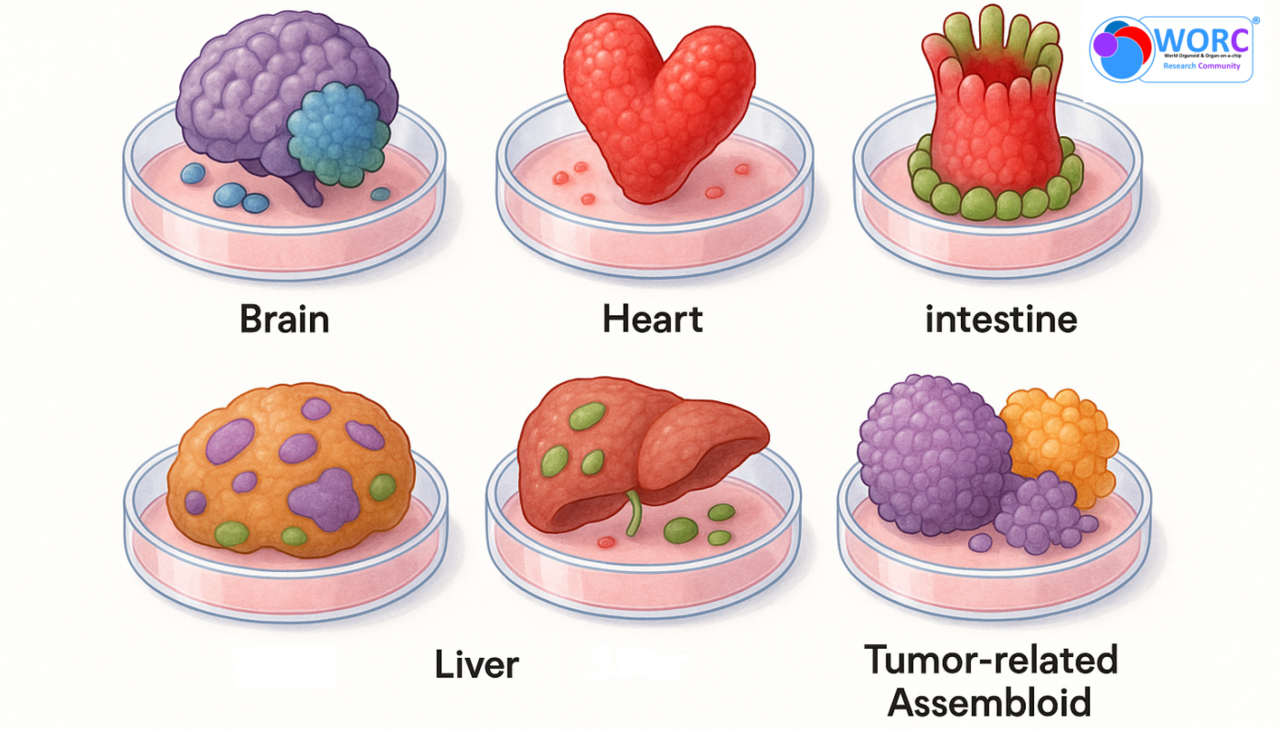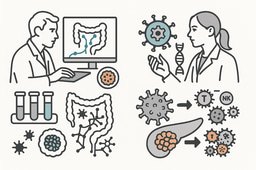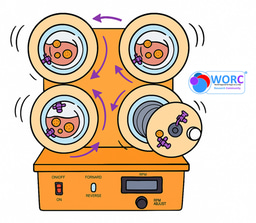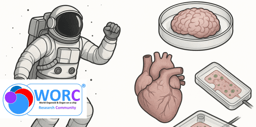🔬✨ Assembloids: Building Complexity in a Dish
To close this month’s spotlight on assembloids, the WORC.Community is highlighting some of the pioneering labs driving this exciting field forward.

Far from being just “larger organoids,” assembloids represent systems-level models that bring together multiple tissues and cell types. They are opening new windows into human development, disease mechanisms, oncology, and regenerative medicine.
Here’s an overview of the leading groups shaping the future of assembloids across different organ systems:
Brain 🧠
-
Sergiu P. Pașca (Stanford University) coined the term “assembloids” and built multi-region brain assembloids, such as cortico-striatal and cortico-muscular circuits. Here is a link to a paper showcasing part of his work: View publication.
Heart ❤️
- Sasha Mendjan (IMBA, Vienna) developed multi-chamber “cardioids” that model heart chamber formation and coordination. This paper represents a part of his research contributions: View publication.
Gut 🦠
- Michael Sigal (Charité/MDC Berlin) established gastrointestinal assembloids to investigate the interplay between epithelial crypts and their mesenchymal niche, providing a powerful model to study inflammation, regeneration, and epithelial–stromal cross-talk. Here’s a link to a paper that reflects part of his work: View publication.
Liver 🍷
- Meritxell Huch (MPI-CBG) developed periportal liver assembloids, combining hepatocytes, cholangiocytes, and mesenchymal cells, to mimic the complex liver architecture and disease. This paper represents a part of her research contributions: View publication.
Oncology (Tumor-Related Assembloids) 🎗️
- Jin Gu and Zhuo Xiong (Tsinghua University) pioneered patient-specific lung cancer assembloids, encapsulating tumor microenvironment cells and lung cancer organoids in microgels to faithfully recreate clinical responses and tumor heterogeneity. Here is a link to a paper showcasing part of their work: View publication.
- Tim Underwood (University of Southampton) developed esophageal adenocarcinoma assembloids by co-culturing tumor organoids with cancer-associated fibroblasts (CAFs), enabling 3D modeling of tumor-stroma interactions with high histological fidelity. This paper represents a part of his research contributions: View publication.
- Ji Yeoun Lee, Jong-Il Kim, and Chul-Kee Park (Seoul National University Hospital) engineered a glioblastoma cerebral organoid assembloid (GCOA) by integrating patient-derived GBM tumoroids with cerebral organoids, reproducing tumor invasion dynamics in real time. Here is a link to a paper showcasing part of their work: View publication.
Discussion Starters
- Which assembloid system has the most transformative potential? Brain circuits, heart chambers, gut–immune ecosystems, liver models, or tumor–microenvironment systems?
- If you're in oncology, would you prioritize models for invasion, drug screening, immune interactions, or personalized therapy guidance?





Please sign in or register for FREE
If you are a registered user on WORC.Community, please sign in
Great content!